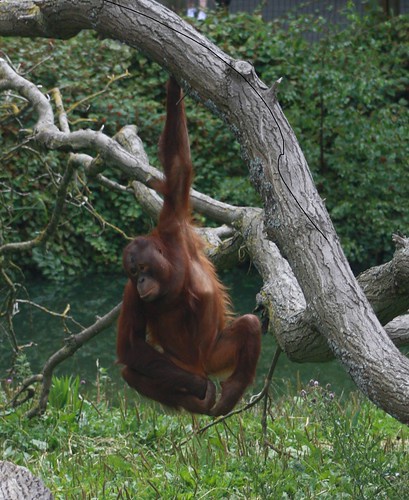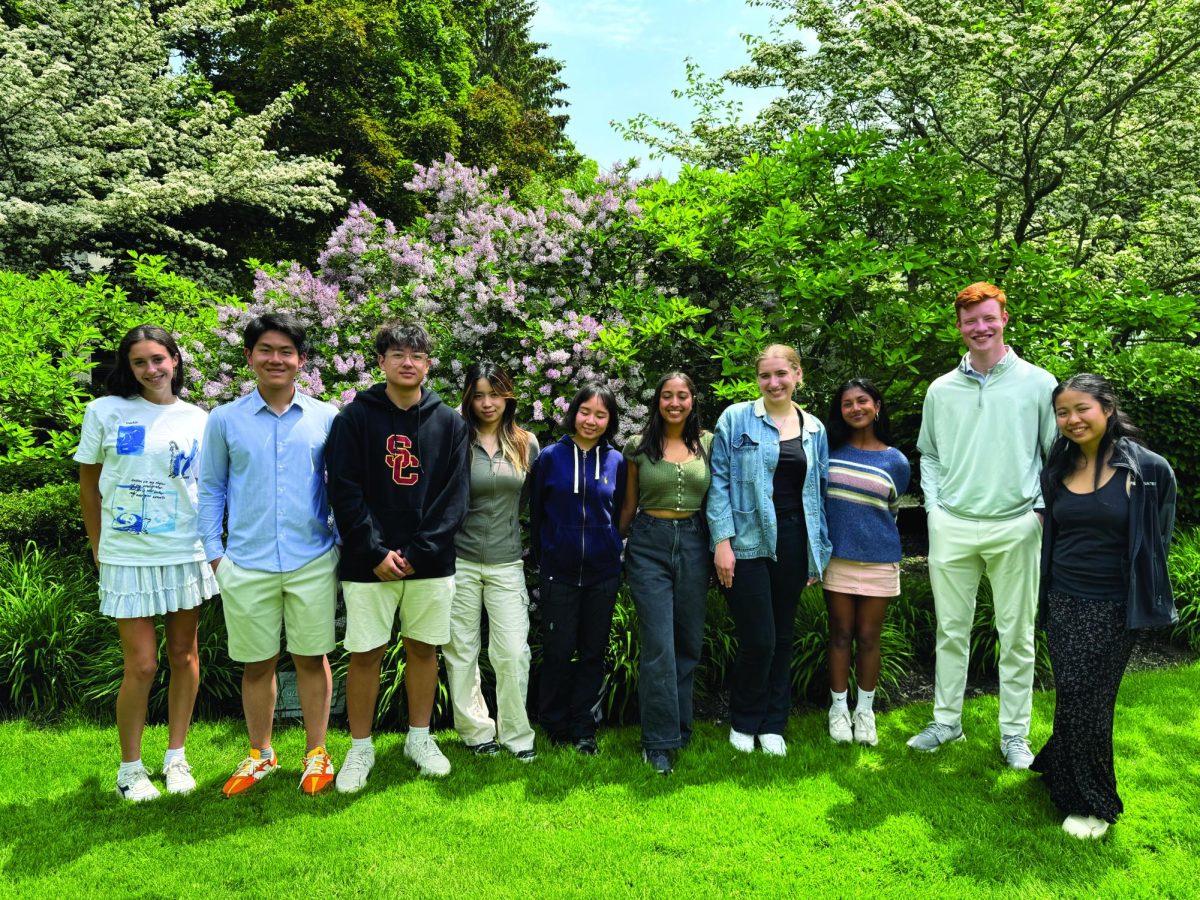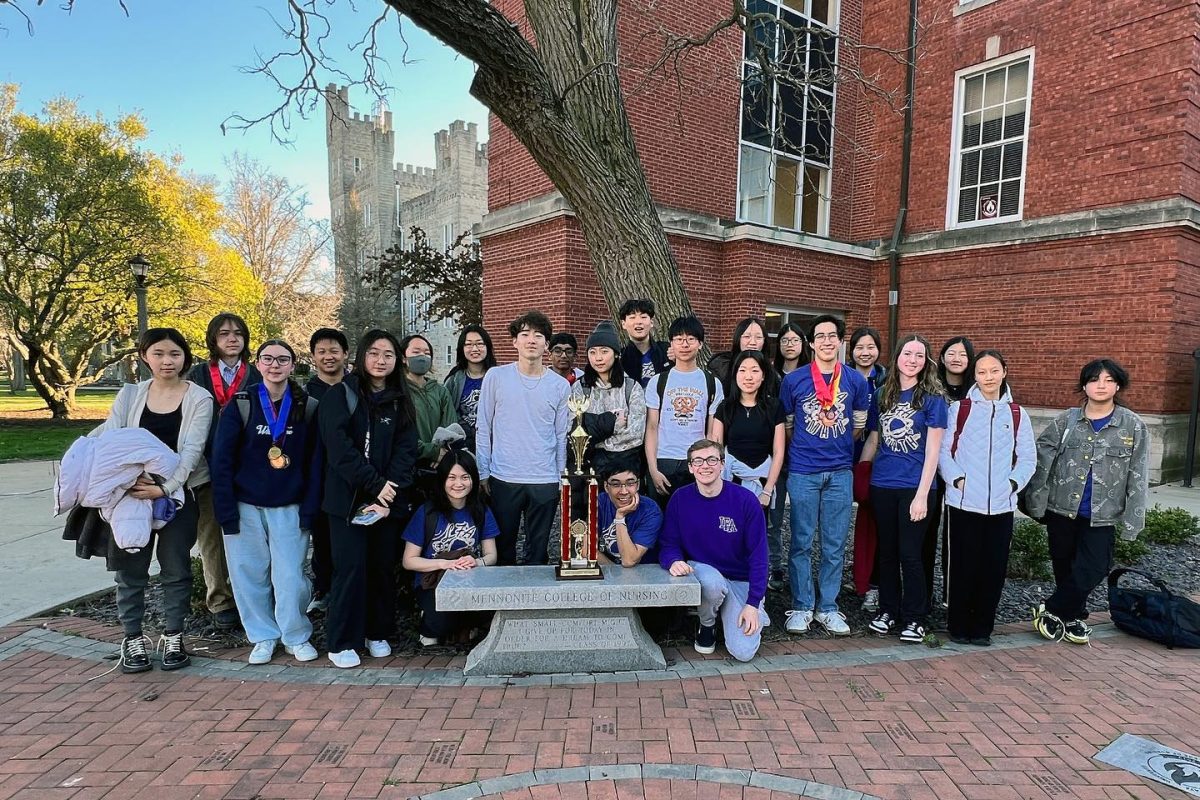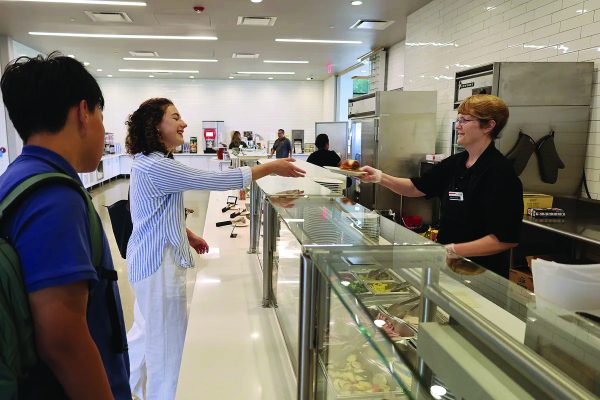The acceleration of current day mass extinction

April 26, 2022
When talking about extinction, what comes to mind is the dinosaur-killing asteroid millions of years ago. It may come as a surprise to many that we are currently living through a mass extinction, caused by the many consequences of human advancement.
A mass extinction is the dying out of over 75 percent of earth’s life in the span of under 2 million years. Our last mass extinction happened about 65 million years ago, which killed all non-avian dinosaurs. The Holocene extinction, or the sixth mass extinction, has been occurring for 10,000 years, but has been sped up rapidly in recent years due to human activity. In fact, according to BBC Earth, around 200 species go extinct every 24 hours, which is 1000 times the natural rate 2000 years ago. This speed is alarming and extremely unnatural, even by mass extinction standards.
Habitat degradation and habitat loss has been the primary reason that species go extinct. This can come from a variety of reasons, including resource demand, the need for agricultural land, or habitats dying from global warming. Other factors, like pollution and invasive species, can be just as harmful to ecosystems.
Coral reefs worldwide, which provide a home for some 25 percent of total marine life, have declined by nearly half its size 40 years ago. 66 percent of all polar ice caps that existed 100 years ago have now melted, threatening all arctic and Antarctic life that call them home. All of these changes are man made, which speaks to the unprecedented impact that we have made on our planet.
Due to the alarming speed at which species are going extinct, the United Nations recently held a summit aimed to conserve biodiversity and halt habitat loss. They aimed at reducing factors such as ocean acidification and deforestation- big contributors in habitat loss. However, even if these goals are met, it is likely not enough to stop the rapid decline of species.
Kevin Hagan, environmental science teacher at LFA, comments on the urgency of the situation. “It all comes down to the next several decades, because at the rate we’re going now, one third of our planet will be extinct by about 2070. 99 percent of all species that have existed are now extinct, and it is crucial that we preserve the rest of them.”
As individual action is the key to slowing down this extinction, there are many things that LFA students can do to help this matter. Switching to energy efficient methods of living, recycling and reusing used materials, and buying local produce are just some ways that everyone can make a difference. Every action builds up over time, and if everyone makes small changes to their daily lives, it would make noticeable improvements for our wildlife. Hagen reminds us that, “What we all need to do is talk about this, because the solutions are actually feasible for our economy. When you talk about it more, eventually, you can’t avoid it anymore. Stop turning the environment into a politically polarizing matter, because it’s all in the science, and not opinions.”
All life on earth has been interwoven into a natural system which has been hanging in balance for millions of years. However, this balance is fragile, and it will soon break if we as individuals don’t take action.













